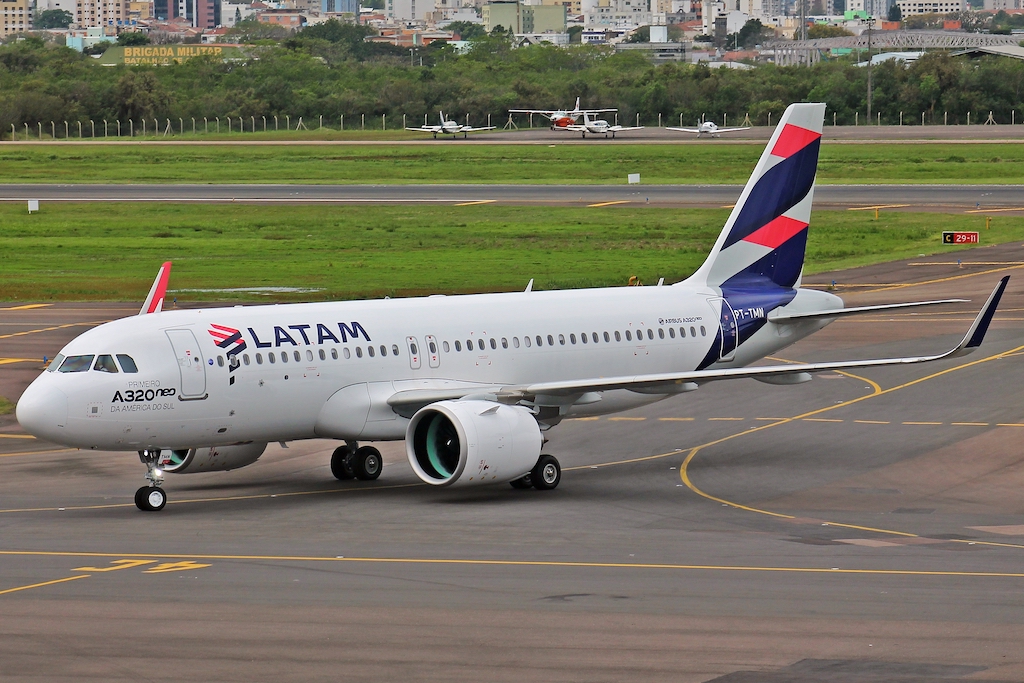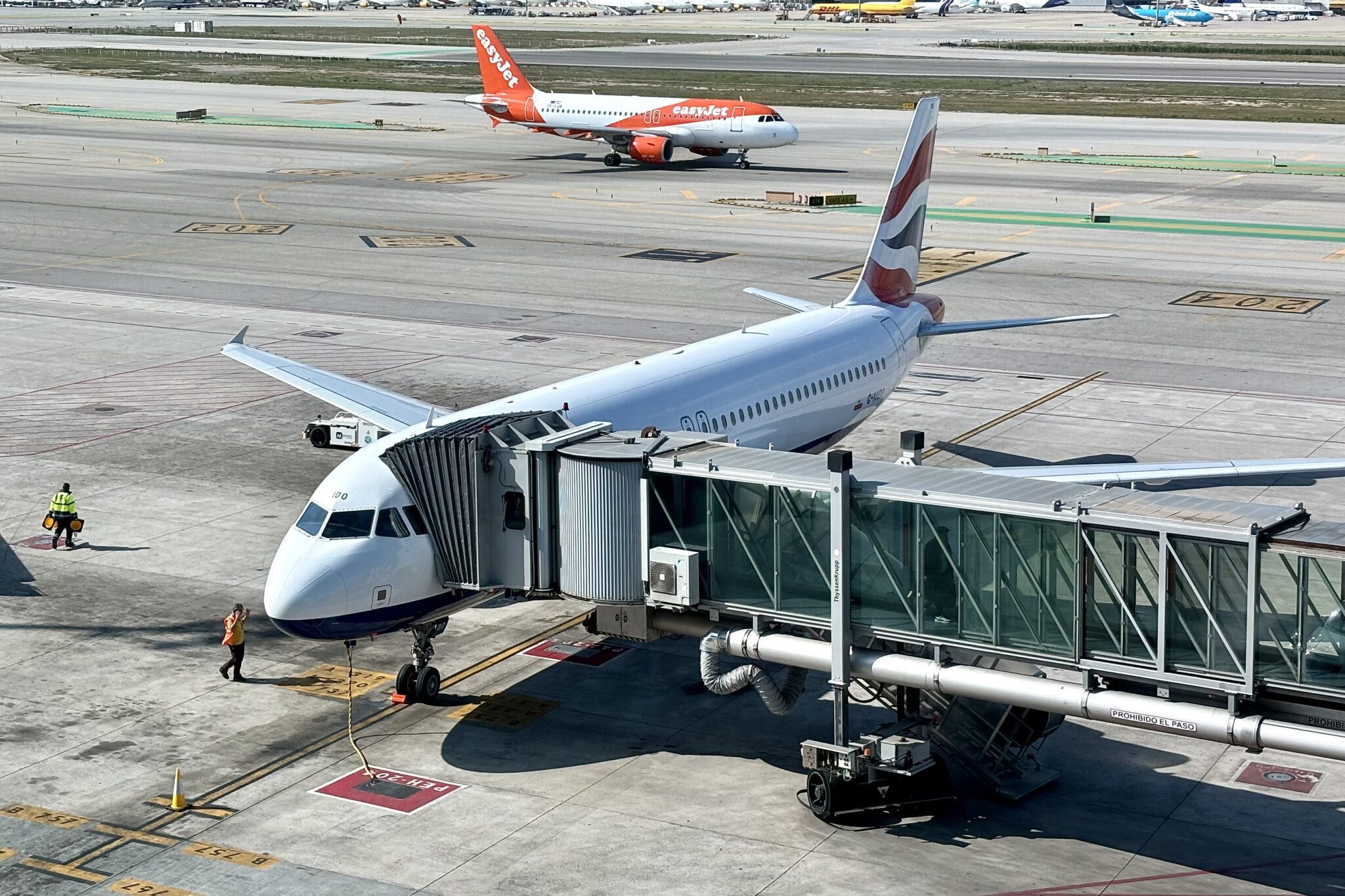The pandemic partnership of Azul and Latam Airlines broke up faster than almost anyone expected. Latam is pulling the plug on the codeshare and frequent flyer relationship on August 22 — less than a year after the pact launched — citing the resumption of organic growth in Brazil.
In a statement, Latam Brasil CEO Jerome Cadier said the codeshare “no longer made sense,” and added that passenger volumes fell short of expectations.
But that is only half of the story. Azul claimed the move was a reaction to its decision to engage financial advisors to pursue consolidation opportunities in Brazil. And Wednesday, Reuters reported that Azul wants to purchase Latam’s Brazilian operation as part of the South American carrier’s U.S. Chapter 11 bankruptcy restructuring.
“Our plans are unchanged and I am confident that we are in the best position to pursue strategic alternatives at this point in time,” Azul CEO John Rodgerson said on Tuesday.
Brazil’s aviation market is an oligopoly dominated by Azul, Gol and Latam. In 2020, the airlines carried more than 99 percent of all domestic passenger traffic. Gol was the market leader with a 38 percent share, followed by Latam with a nearly 34 percent share and Azul with a nearly 28 percent share, according to data from Brazilian aviation regulator ANAC.
Any possible consolidation in Brazil would be among these three carriers. And, if as Rodgerson said Azul will be a “key part of any such activity,” there would only be two options: Azul-Gol or Azul-Latam. The latter alternative looks better on paper given Azul and Latam’s complementary Airbus A320-family fleets; Gol flies all Boeing 737s. Azul also operates ATR turboprops and Embraer E-Jets on thinner routes.
“Consolidation would go a long way in helping address the future [debt] obligation that has been created at Azul and Gol and significant cost pressure from the weaker [Brazilian real] relative to the [U.S. dollar],” wrote Raymond James Analyst Savanthi Syth on Tuesday.
Syth agreed with Azul’s assessment that Latam likely ended the codeshare in opposition to overtures by the leadership in Campinas to acquire the Santiago, Chile-based carrier’s Brazilian subsidiary. However, she added that, with Latam still working through the Chapter 11 reorganization process, the “final outcome is far from certain” and dependent on both the court and creditors.
On Wednesday, a Latam spokesperson said the the group has “no intention of selling or breaking up” its operations, including those in Brazil. They added that Latam has not received a merger proposal from Azul, and added that the decision to end the codeshare was unrelated.
Latam was formed in 2012 by the merger of Chile-based Lan Airlines and Tam Airlines in Brazil. The combo created a true pan-South American franchise with domestic operations across the continent, including in Argentina, Colombia and Peru.
However, Latam’s pan-South American aspirations ground to a halt with the coronavirus pandemic. The airline closed its Argentine operation and retrenched elsewhere. Executives have said it plans to grow in Colombia, where hometown carrier Avianca is also restructuring in the U.S. under Chapter 11 of the U.S. Bankruptcy Code. Latam has also accelerated work on its proposed joint venture with shareholder Delta Air Lines as part of its reorganization.
Azul is a partner of United Airlines, which owns an 8 percent stake in the carrier. Prior to the crisis, Azul was evaluating a four-way joint venture with Avianca, Copa Airlines and United.
Rather than restructuring, Azul has moved ahead with a number of strategic initiatives during the crisis. It expanded its air cargo business, which Rodgerson said earlier in May would be the “the story of Azul over the next several years.” Executives forecasted an imminent travel inflection point in Brazil and target EBITDA of 4 billion reais ($756 million) — higher than in 2019 — next year.
“We’re happy [and] I think they’re happy with it,” said Abhi Shah, chief revenue officer of Azul, on the Latam codeshare earlier in May. “Our intent is to keep growing it as the airlines grow and recover the networks.”
Latam, it appears, was less happy with the tie-up than Azul thought.





